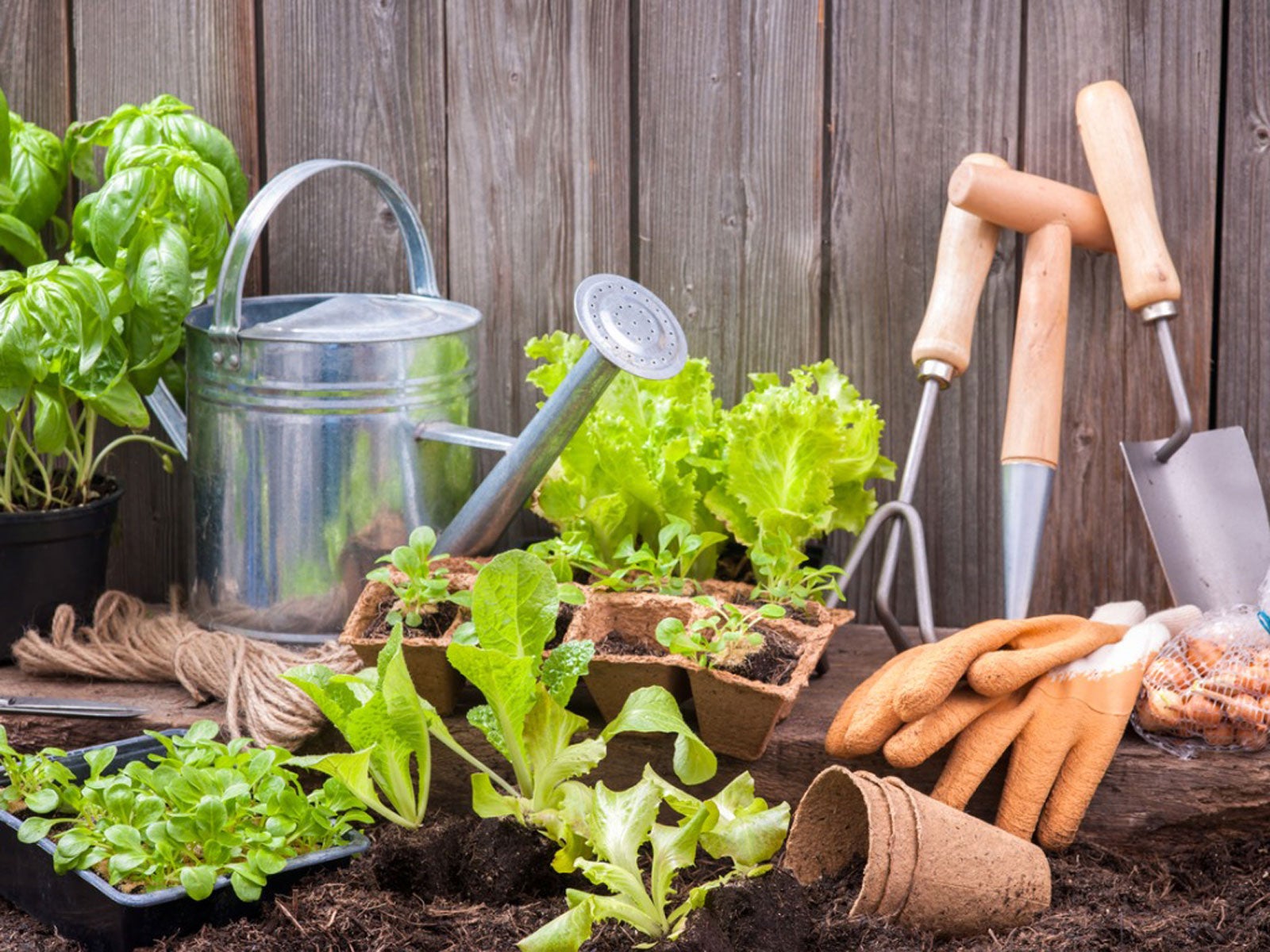Digging In: The Important Master Gardening Tools for Beginners
Wiki Article
The Ultimate Overview to Gardening for Beginners: Detailed Tips and Methods for Growing a Prospering Yard
From recognizing your garden space to choosing the right plants and preparing the soil, we have actually got you covered. Obtain all set to unleash your environment-friendly thumb and produce a beautiful, prospering yard.Understanding Your Garden Space
To maximize your horticulture success, start by familiarizing yourself with the distinct qualities of your yard area. Comprehending your yard area is important for creating a flourishing yard. Begin by observing the amount of sunshine your garden gets throughout the day. Bear in mind of any type of locations that are shaded and those that obtain full sun. This will certainly assist you identify which plants will flourish in each area.Next, evaluate the soil in your garden. Comprehending your dirt kind will certainly direct you in selecting the right plants and applying appropriate soil amendments. This information will certainly aid you make informed decisions about watering and plant positioning.
Furthermore, take notice of any microclimates within your garden. These are tiny locations that may differ in temperature or moisture degrees compared to the rest of your yard. For instance, a south-facing wall may retain warmth, producing a warmer microclimate. Utilize these variations to your benefit by planting moisture-loving or heat-loving plants in these areas.
Picking the Right Plant Kingdoms
Do you prefer low-maintenance plants or are you willing to place in additional effort for high-yield plants? Assume about the amount of time, energy, and resources you are willing to invest in your yard.
Additionally, think about the room available in your yard. Take dimensions and plan the layout of your plants. Think about the mature dimension of each plant and make certain they have adequate space to grow without overcrowding each other.
Ultimately, think about the practicality of your plant choices. gardening tips for beginners. Will you have the ability to offer the needed treatment and maintenance for your chosen plants? Take into consideration elements such as watering, fertilizing, pest control, and trimming
Preparing the Soil for Growing
Once you have actually chosen the best plants for your thriving yard, it's time to study the essential task of preparing the soil for growing. Prior to you start excavating, it's important to examine the high quality of your soil. Take a sample and test its pH levels, as different plants grow in various pH ranges. Adjust the pH if needed by adding lime to elevate it or sulfur to decrease it.
As soon as the dirt prepares, create furrows or holes for planting. The deepness and spacing will depend on the details requirements of your chosen plants, so refer to the seed packages or plant labels for assistance. Delicately place the plants in their marked spots, guaranteeing that the origins are covered with dirt. Securely push the dirt around the base of each plant to get rid of any type of air pockets.
Finally, water the freshly grown location completely. This will certainly help clear up the dirt and supply the plants with the moisture they require to establish themselves. As you water, beware not to wash away the dirt or damages the delicate plants. With proper dirt prep work, your garden will be fully equipped to support the growth and success of your plants.
Watering and Fertilizing Strategies
After preparing the soil for growing, it's crucial to comprehend efficient watering and fertilizing methods to ensure the health and wellness and development of your garden. One way to evaluate if your plants require watering is by sticking your finger regarding an inch into the soil. When watering, aim for the base of the plants, as moistening the leaves can urge illness.Keeping a Healthy And Balanced Yard
To preserve a healthy and balanced garden, you need to regularly evaluate your plants for indicators of diseases or insects. By doing this, you can capture any kind of concerns early on and take the essential steps to stop them from spreading and triggering damages to your entire garden.One method to deal with bugs is by making use of all-natural solutions such as insecticidal soaps or neem oil. These work in controlling usual bugs like aphids, mites, and whiteflies without harming helpful insects. Another technique is to urge valuable insects like ladybugs and lacewings, which feed on yard insects. Planting flowers such as sunflowers, sissies, and marigolds will certainly draw in these beneficial insects to your yard.
Along with insects, diseases can additionally influence your plants. To stop the spread of illness, it is essential to practice good yard hygiene. This includes removing any type of contaminated plants or leaves, sterilizing your horticulture tools, and staying clear of over-watering. Correct spacing in between plants and excellent air flow can likewise aid stop the spread of illness.
Verdict
By comprehending your garden room, picking the right plants, preparing the dirt, and applying proper watering home gardening for beginners and feeding strategies, you can develop a flourishing garden. With patience and commitment, you'll soon be taking pleasure in the appeal and bounty of your own prospering garden.Use these variants to your advantage by growing heat-loving or moisture-loving plants in these areas.
:max_bytes(150000):strip_icc()/102683249_preview-2000-be230cf7d0f7407587bf77003132f539.jpg)
Report this wiki page